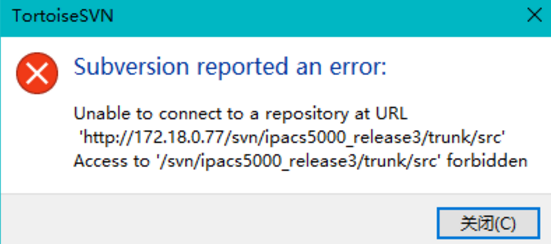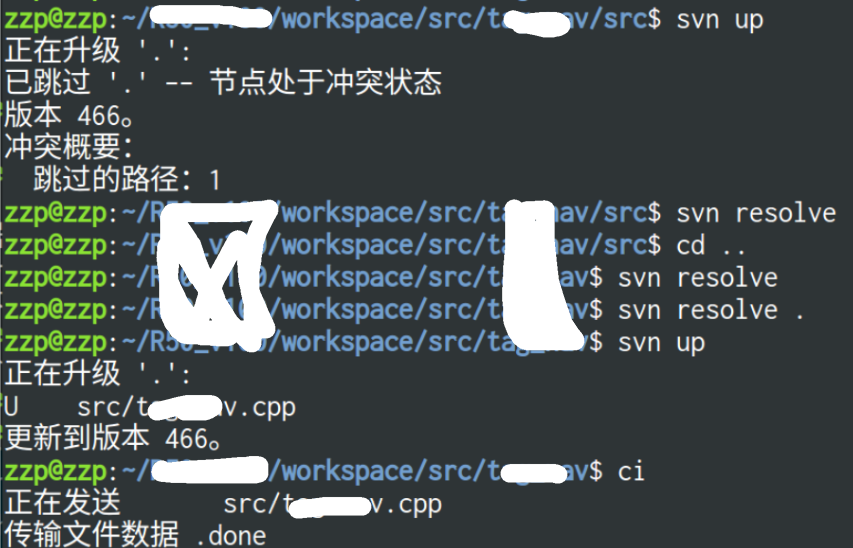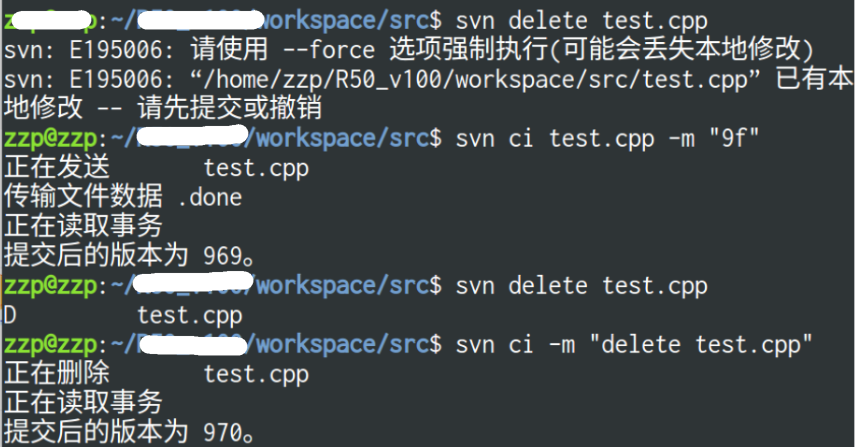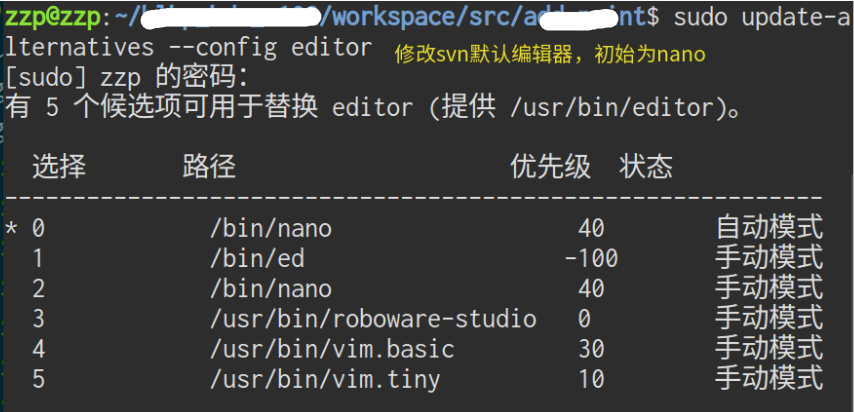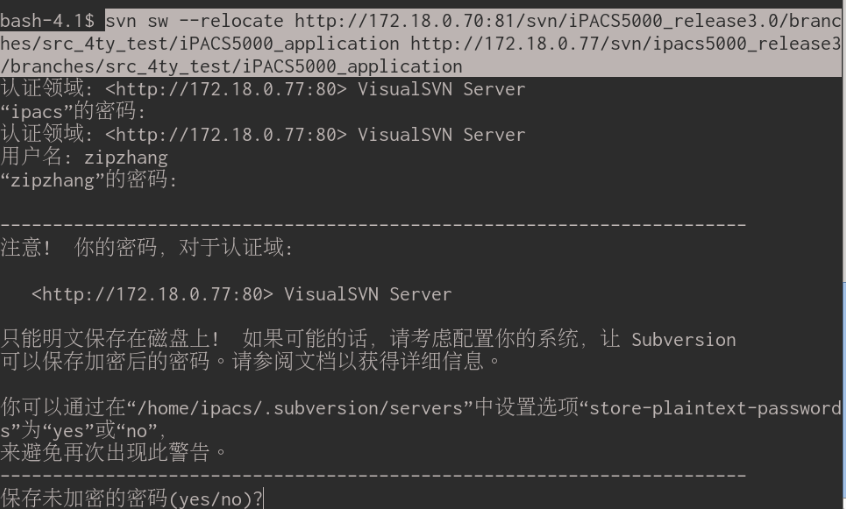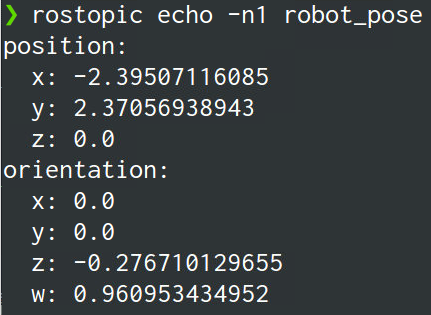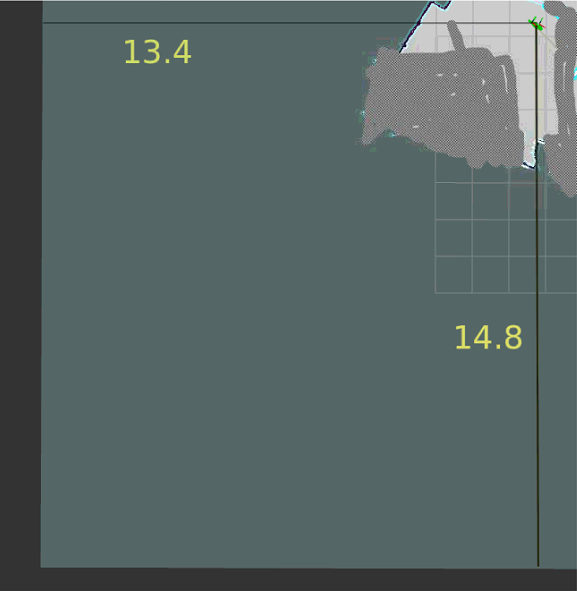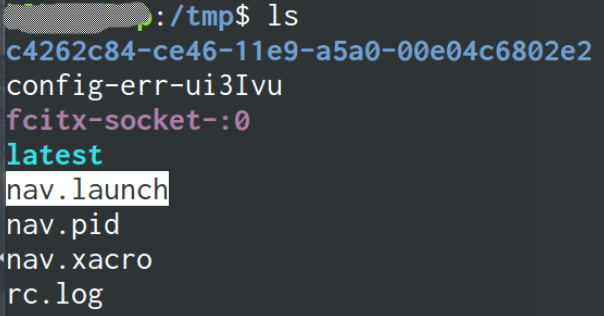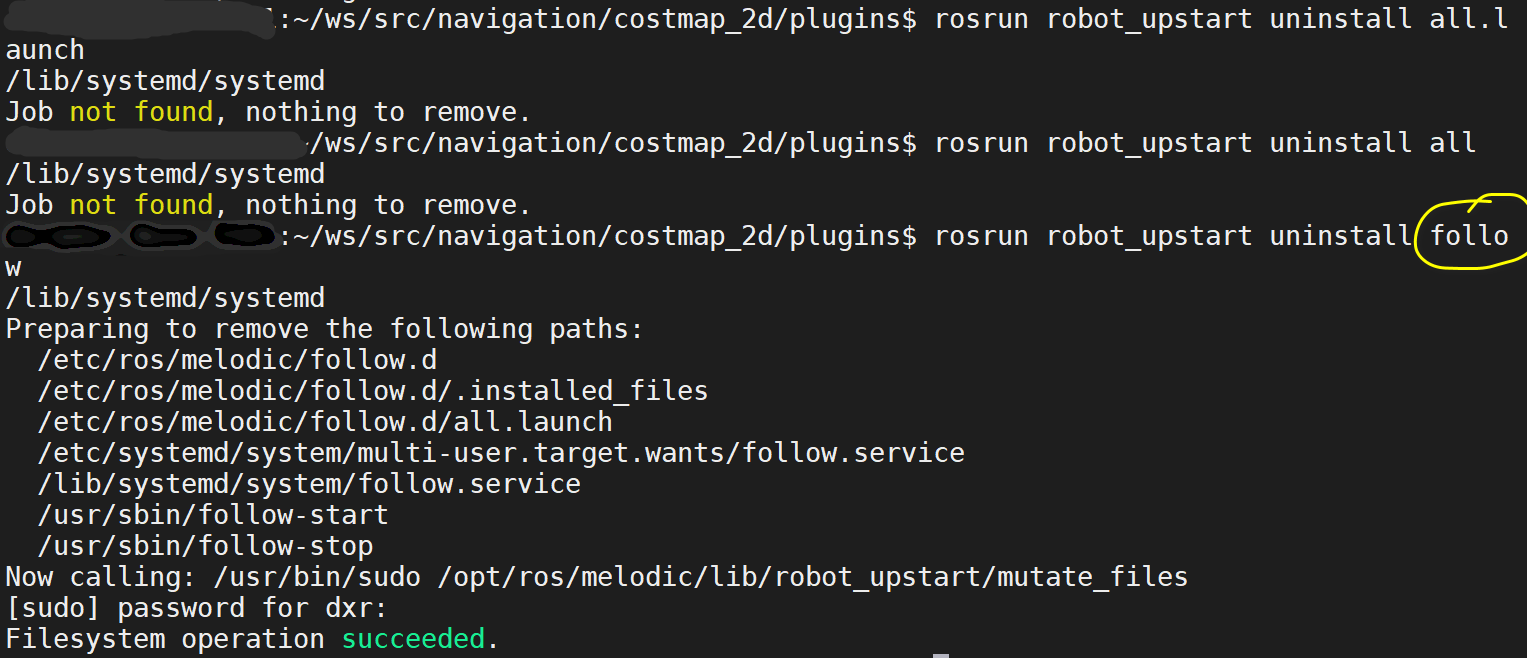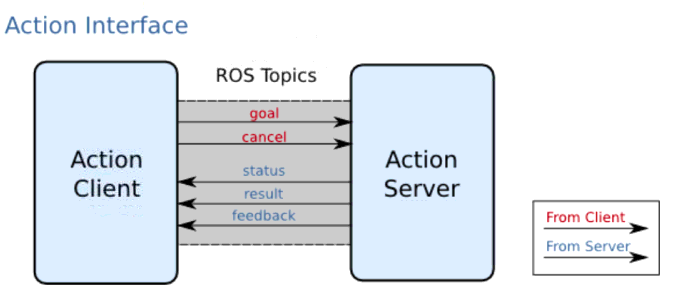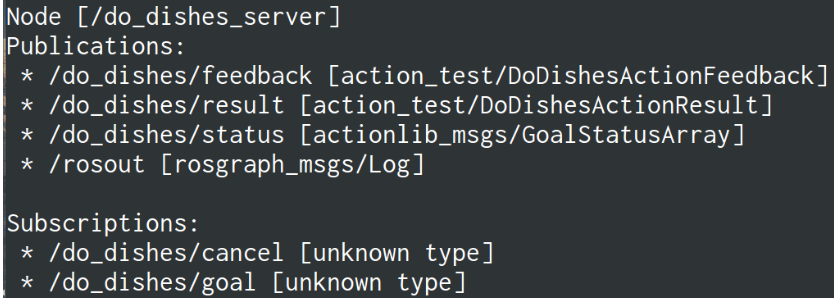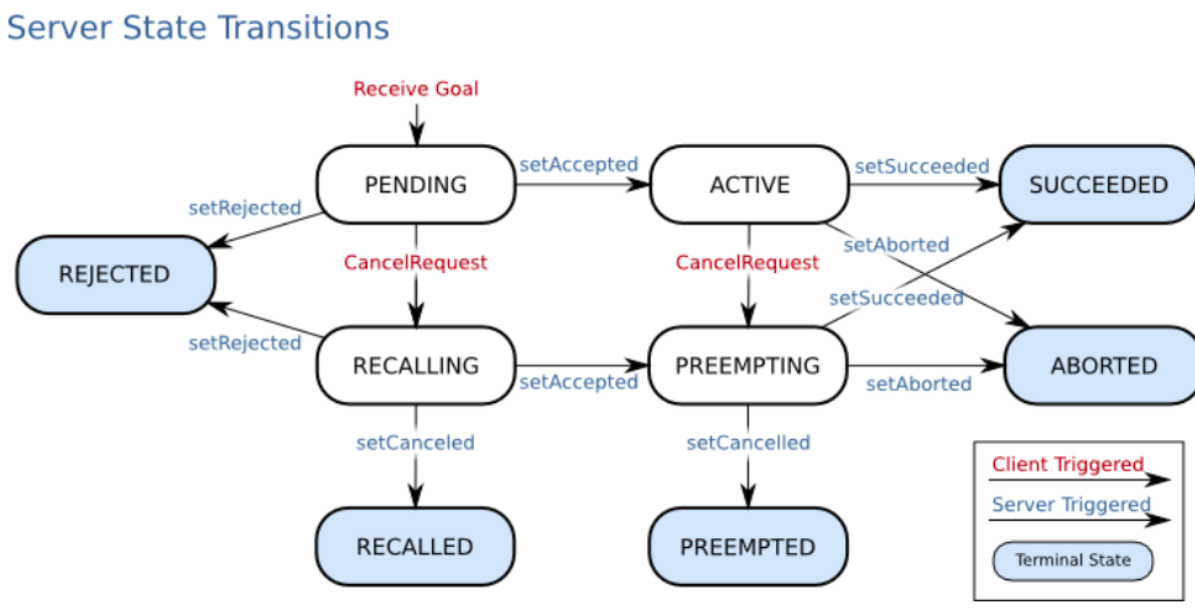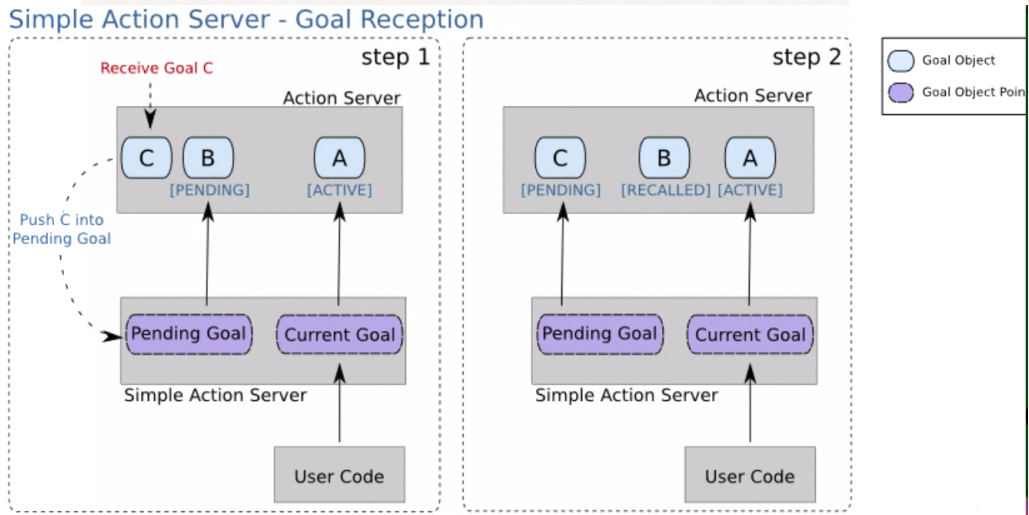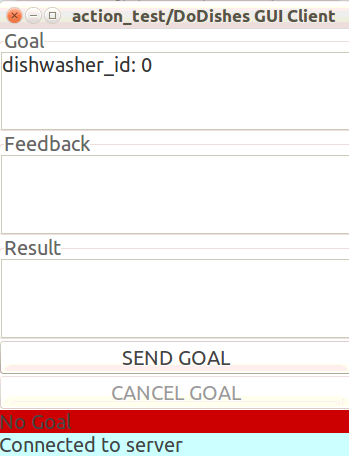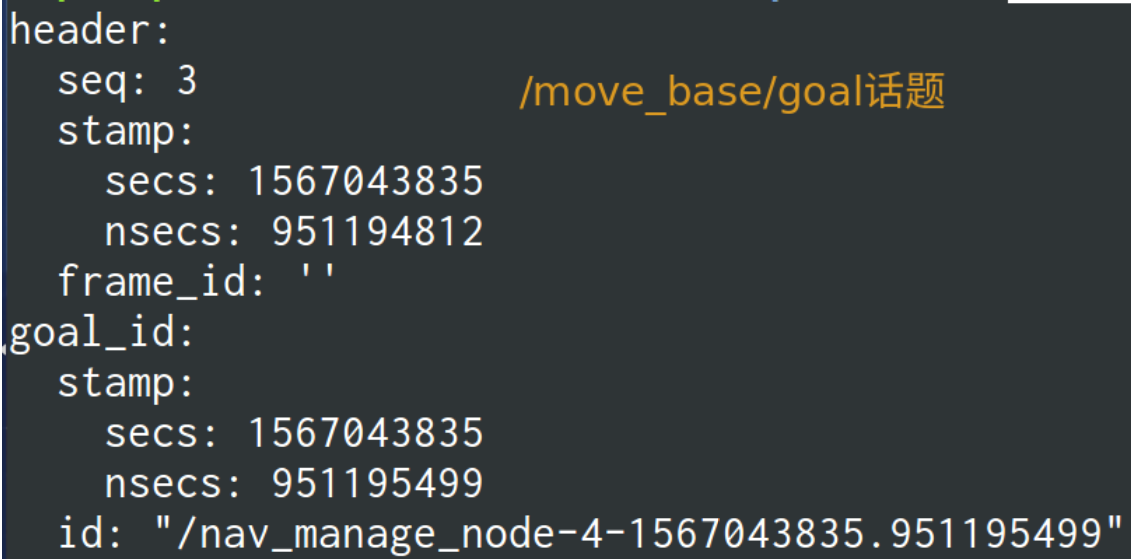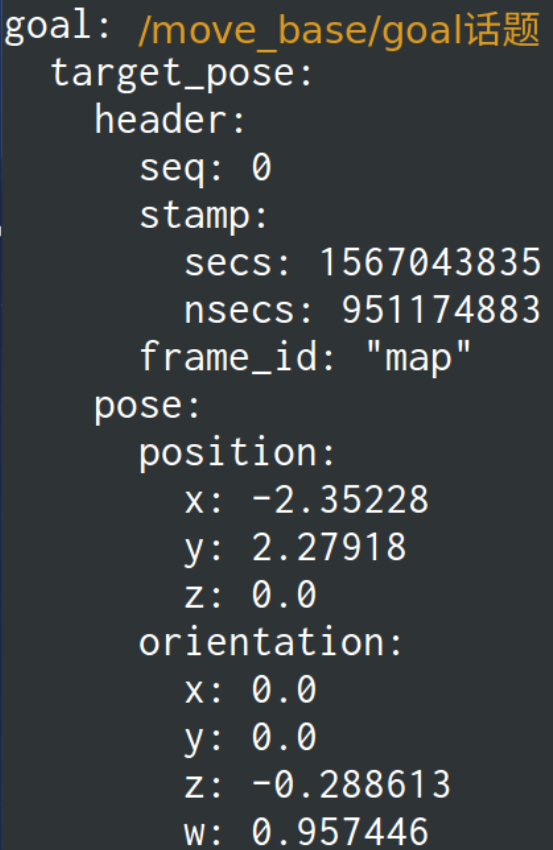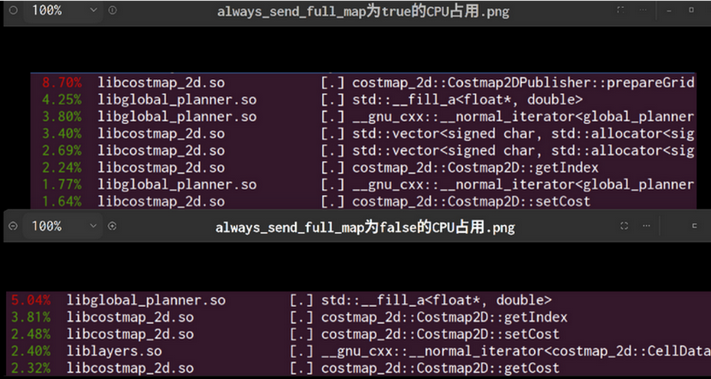vector的底层(存储)机制
vector就是一个动态数组,底层有一个指针指向一片连续的内存空间,当空间不够装下数据时,会自动申请另一片更大的空间(一般是当前容量的2倍),然后把原来的数据拷贝过去,接着释放原来的那片空间;如果元素数量比较大(比如上百个),重新分配内存的耗费会非常大,可能会出错。
当删除里面的数据时,其存储空间不释放,仅仅是清空了里面的数据。
vector中begin和end函数返回的是什么?
begin返回的是第一个元素的迭代器,end返回的是最后一个元素后面位置的迭代器。
为什么vector的插入操作可能会导致迭代器失效?
vector动态增加大小时,并不是在原空间后增加新的空间,而是以原大小的两倍在另外配置一片较大的新空间,然后将内容拷贝过来,并释放原来的空间。由于操作改变了空间,所以迭代器失效。
vector怎么实现动态空间分布?
vector容器基于数组实现,其元素在内存中连续存放,vector容器除了容器尾部之外,在其他任意位置插入或删除元素时,都需要移动该元素后面的所有元素
capacity和size
capacity是容器不用重新分配内存就可容纳的元素个数,容器的大小一旦超过capacity的大小,vector会重新配置内部的存储器,导致和vector元素相关的所有reference、pointers、iterator都会失效。内存的重新配置会很耗时间,size()是容器中现有的元素个数,max_size()返回Vector所能容纳元素数量的最大值(包括可重新分配内存),一般是一个很大的数
reserve
vector频繁的销毁新建内存会导致效率很低,所以正确的做法是新建vector的时候初始化一个合适的大小,就像使用普通数组一样,这就用到了reserve。 如果reserve的值大于当前的capacity,那么会重新分配内存
reserve是容器预留空间,但并不真正创建元素对象,在创建对象之前,不能引用容器内的元素。否则会报错terminate called after throwing an instance of 'std::out_of_range'
保证vector的capacity最少达到它的参数所指定的大小n
resize
resize跟reserve不同了,它是改变容器的大小,并且可以创建对象,调用这个函数之后,就可以引用容器内的对象了.1
2void resize(size_type _Newsize)
void resize(size_type _Newsize, _Ty _Val)
对于第1个版本:
- 若_Newsize小于oldsize,则剩余元素值不变
- 若_Newsize大于oldsize,则新添加的元素值用元素的默认构造函数初始化(特别的,int型的将被初始化为0)
对于第2个版本:
- 若
_Newsize小于oldsize,则剩余元素值不变,全部调用erase(begin() + _Newsize,end())擦除掉多余元素 - 若
_Newsize大于oldsize,则新添加的元素值用提供的第2个参数初始化。
1 | vector<int> vec; |
如果_Newsize小于之前的capacity,那么capacity不变。如果大于,那么capacity也要改变.也就是说 resize也涉及了内存重新分配,同时改变了capacity和size
data
返回指向vector中第一个数据的指针或空vector之后的位置1
2vector<int> v{1,2,3,4,5};
qDebug()<< *(v.data() ) ; // 1
assign
1 | // 先清除vector之前的内容,再将区间[first, last)的元素赋到当前vector |
使用assign赋值给容器:1
2
3
4vector<int> vec;
vec.assign(5,9);
cout<< vec.size() <<" "<<vec.capacity()<<" "<<endl;
容器的capacity和size都是5
push_back
但是如果使用push_back:1
2
3
4
5
6
7vector<int> vec;
vec.push_back(1);
vec.push_back(2);
vec.push_back(3);
vec.push_back(4);
vec.push_back(5);
cout<< vec.size() <<" "<<vec.capacity()<<" "<<endl;
此时容器的capacity为8
每次执行push_back操作,相当于底层的数组实现要重新分配大小,如果capacity不够插入新元素,需要开辟新的内存空间,把原来的元素复制到新内存,释放原来内存。
频繁的vector扩容会使效率很低,所以 不要使用for循环和push_back给vector赋值,这样会多次重新分配内存;如果先reserve分配需要的内存空间,再push_back会显著提高效率。
vector的几种清空容器办法
1 | iterator erase(iterator it); // 删除指定元素,并返回删除元素后一个元素的位置(如果无元素,返回end()) |
释放内存
vector的内存空间是只增加不减少的,erase和clear只删除元素,不能释放内存。如果是C++11环境,直接使用std::vector::shrink_to_fit(),它会将capacity缩减到size大小,所以如果要释放内存,可以先clear,再shrink_to_fit,这跟Qt里的qDeleteAll非常相似
元素是指针时,如何释放内存
如果vector中存放的是指针,而这些指针指向的对象没有销毁,那么当vector销毁时,内存不会被释放。1
2
3
4
5
6
7
8
9
10
11
12
13
14
15
16
17
18
19
20
21
22
23
24
25int v[6] = {1,2,3,4,5,6};
std::vector<int*> ps;
int* p1 = v;
int* p2 = v+1;
int* p3 = v+2;
int* p4 = v+3;
ps.push_back( p1 );
ps.push_back( p2 );
ps.push_back( p3 );
ps.push_back( p4 );
// delete ps.back(), ps.pop_back();
for (auto it = ps.begin(); it != ps.end(); it++)
{
if (*it != NULL)
{
delete *it;
*it = NULL;
}
}
ps.clear();
ps.shrink_to_fit();
vector赋值速度
vector所有赋值方式的速度排名:
- assign
- resize以后用copy算法赋值
- 赋值操作符,也就是 destinationVector = sourceVector;
- 采用插入迭代器再用copy的方式
- insert
- push_back
记住最快的是assign,最慢的是push_back
vector遍历元素的速度
一般的速度排名: iterator > [] > at
但是根据编译器和平台的不同,iterator和[]速度有快有慢,但基本上at都是最慢的
尽量避免在vector前部插入元素
一般也没人这么干,任何在vetor前部的插入操作其复杂度都是O(n)的,所以十分低效,如果实在需要在前部插入元素,可以用list,它的效率远远超过vector
这样的代码是valid1
2
3using Type = std::vector<int>;
int f = 12;
Type vec={f};

